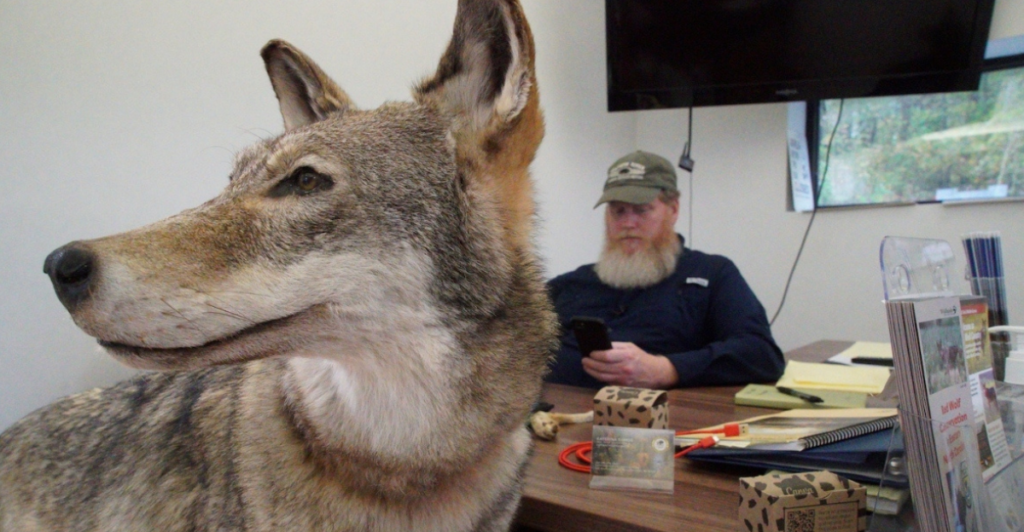
What if a wolf that went extinct more than 10,000 years ago reappeared out of nowhere? What if that reappearance—thanks to revolutionary gene-editing—was not only a scientific wonder, but a political bargaining tool? This is the scenario currently playing out in Washington.
A biotech firm has “de-extincted” the dire wolf, and has launched its own website along with it. The Trump administration is using this as an argument to weaken the Endangered Species Act—and potentially dismantle it altogether. While that sounds like the intro to a sci-fi thriller, it’s true. Environmentalists are fighting back. Politicians are divided. Scientists are arguing.
And the future of living, breathing animals may be caught in the middle. Could one contentious species rewrite the book on conservation? Let’s dig in and take a closer look at how this dire wolf is causing massive debate and what this means for the future.
How the Dire Wolf Returned
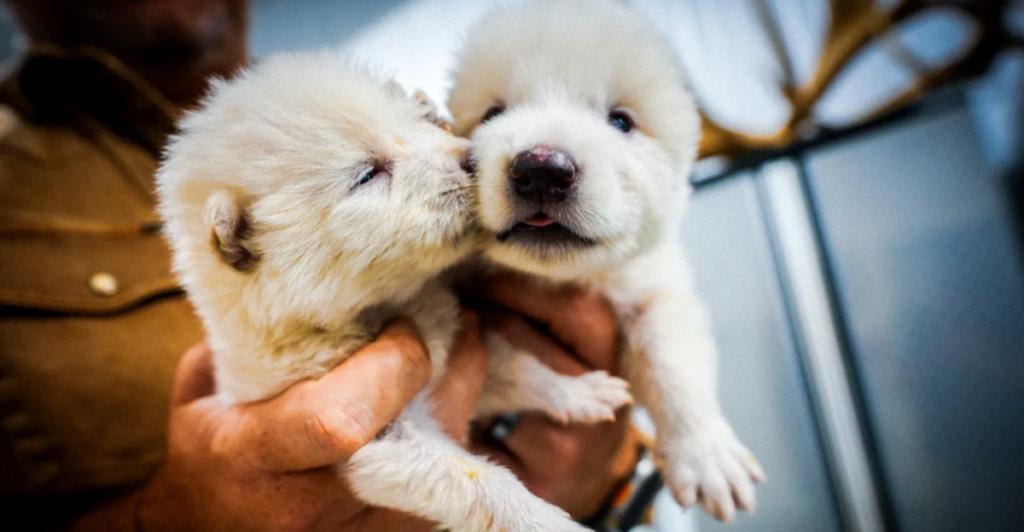
Dallas-based Colossal Biosciences grabbed headlines with the assertion that it restored the extinct dire wolf. The company performed gene-editing with three wolf puppies to match the ancient hunter’s fur, structure, and genome components from ancient DNA.
The three puppies, named Romulus and Remus, have been gene-edited to look like dire wolves—but not everyone is impressed. Some call them more genetically modified gray wolves than revivals. But that hasn’t dampened the excitement. Interior Secretary Doug Burgum called the achievement “proof that innovation—not regulation—is the future of conservation.”
Critics call it marketing hype, not science. Nevertheless, the idea of reviving extinct species is now front and center in the government’s plan for protecting endangered ones.
A New Philosophy on Conservation

Interior Secretary Burgum’s message is clear: technology can now do what regulation tried to prevent. He proposes we worry less about putting animals on the Endangered Species List and more about removing them—with the assistance of gene editing.
At a town hall, he instructed Interior Department employees, “Pick your favorite species and call up Colossal.” That’s a bold new course for U.S. conservation. Saving species was once about saving their habitat, slowing development, and imposing protection.
And now, the concept is: if we lose them, we can just reproduce them. It’s a shift in mentality—prevention to reproduction—and one that leads to colossal ethical and environmental issues. Breakthrough or destruction, masquerading as innovation?
Politicians Join the Pack
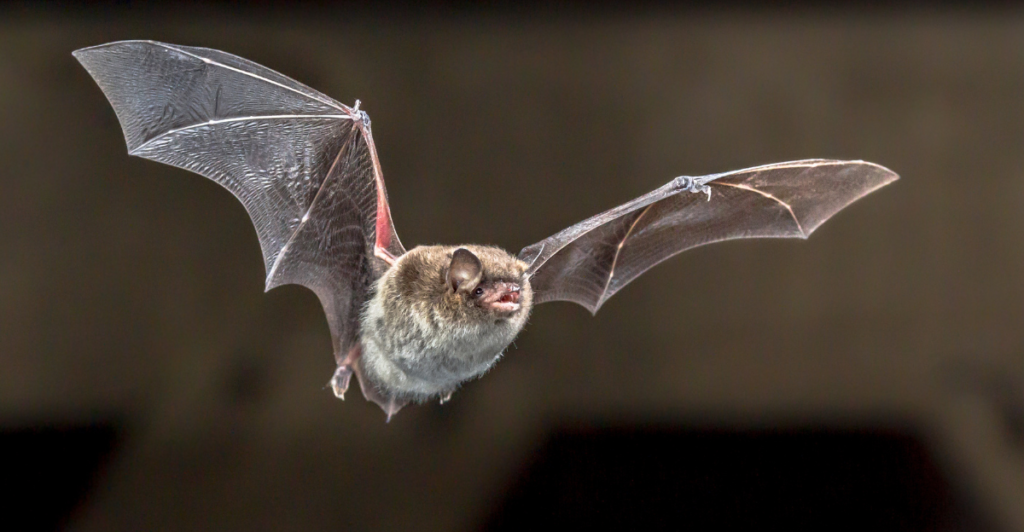
Congressional Republicans have been lambasting the Endangered Species Act as being too restrictive and economically damaging for many years. The revival of the dire wolf provided them with a scandalous new rationale: if we can bring back extinctions, then why must we preserve those that are still clinging to existence?
House Natural Resources Committee Chairman Bruce Westerman labeled the Act a “bit of a failure,” citing that only 3% of listed species have come back. Legislators now want to de-list protection for wolves, bears, lizards—even bats—on the basis of the promise of biotech and the cost of regulation.
But opponents say the move is really about opening the door to land for development, oil, and gas. The battles are drawn—and they’re deeper than ever.
The Return of the ‘God Squad’

A decision that took conservationists aback; the Trump government revived a previously mostly unknown panel: the Endangered Species Committee, ominously known as the “God Squad.”
The committee can approve development projects even if they condemn an animal to extinction. Rare in history, its revival heralds a new era of top-down decision-making where environmental interests may take a backseat. The team’s ability to overrule safeguards is particularly concerning with recent efforts at balancing economic worth when making habitat protection decisions.
Lawyers and scientists are increasingly concerned: if the government feels it can revive species, will it be willing to take greater chances when releasing them into the wild?
Critics Warn of a Dangerous Precedent
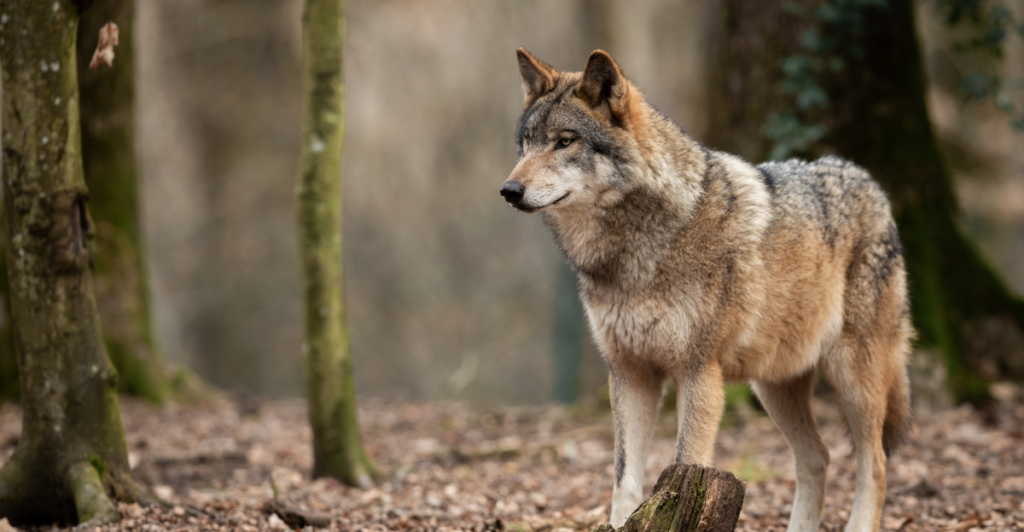
The majority of scientists are wary. Influential biologists such as Stanford’s Paul Ehrlich caution that “de-extinction” may be a case against saving species. They refer to it as a huge “moral hazard.” The fear?
Policymakers will ask: why preserve what we can simply replicate later? Julie Meachen, who assisted in mapping the dire wolf genome, isn’t buying the hype either. She claims these genetically engineered pups aren’t actual dire wolves—and shouldn’t be used to make the case for keeping protections in place. Even Colossal’s workers concede their animals are not exact duplicates.
Their goal, they claim, is to produce ecological replacements, not clones. But the political message has caught on: biotech could be less expensive, quicker, and less politically sensitive than preserving land.
Red Wolves in the Crosshairs
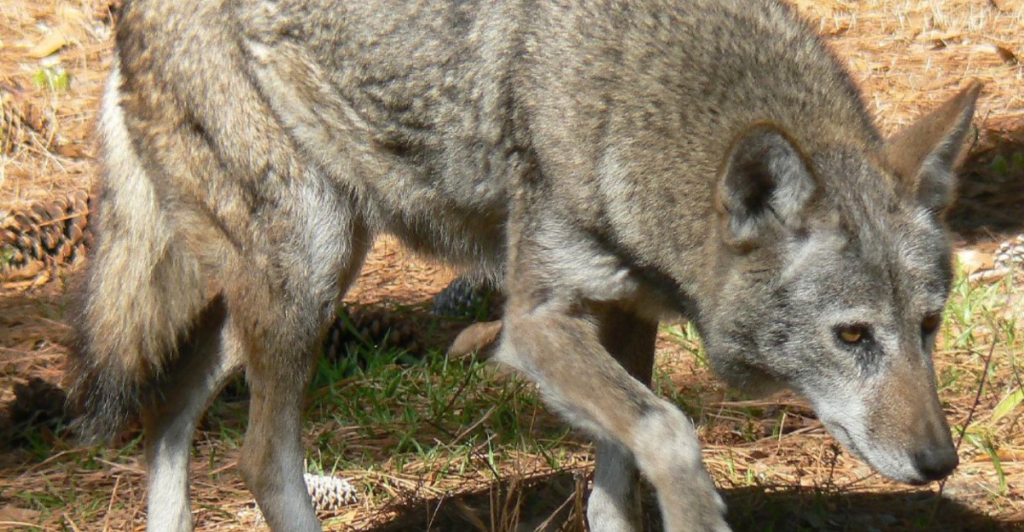
Red wolves, an endangered species found in eastern North Carolina, could soon be guinea pigs for this new world. There are fewer than 20 in the wild. Colossal has already cloned four red wolves and put them on the market for conservation.
That sounds good on paper. But environmentalists worry the government will use clones as an excuse to roll back protections. Rather than protecting the few remaining wild red wolves and their habitats, it appears the administration would prefer lab-grown substitutes.
It’s a battle between two conservation ideologies: save what remains, or rebuild what’s gone. And although Colossal claims that their efforts are complementary to other actions, the manner in which their science is being applied in Washington does not align.
Colossal’s Bigger Plans
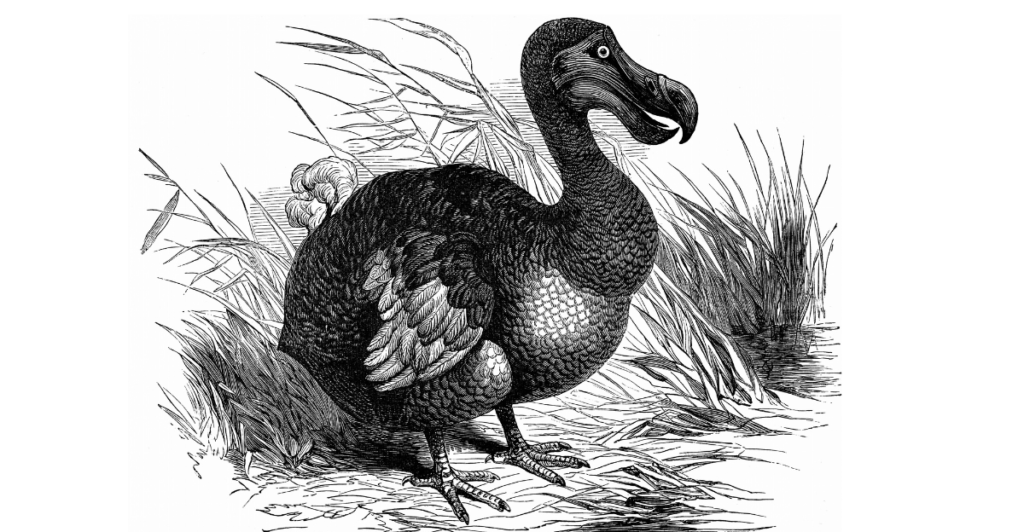
Colossal is not done yet. The company is going to “bring back” the woolly mammoth, the dodo, and even the Tasmanian tiger. They’re not trying to recreate these animals identically, but they aim to create functional equivalents that can perform similar functions in their ecosystems.
Their ambition is grand: to restore extinct species to bolster failing ecosystems. But even their CEO, Ben Lamm, concedes that the science isn’t yet ideal. And he’s cautious about how their work is being politicized.
“This technology does not replace conservation,” Colossal insists—it merely adds to the toolkit. But there are also concerns that their genetic innovation will be abused. Is de-extinction a savior of biodiversity—or a Trojan horse for deregulation?
What’s at Stake Now

In its simplest terms, this is not just an argument about wolves or technology. It’s about what we mean by our obligation to nature. Do we maintain what we have, even though it’s difficult and expensive? Or do we cheat and cross fingers that it works out?
The Trump administration is wagering on innovation, industry, and a reformed Endangered Species Act. Conservationists argue that no gene editing can compensate for an intact ecosystem.
Meanwhile, the law is shifting rapidly. With Republican Congressional majorities and a biotech firm setting headlines ablaze, the basic overhaul of environmental law might occur quickly—and stealthily. No longer is the question, “Can we bring them back?”—it’s, “But should we?”
Difficult Choices Ahead

The high-tech revival of the dire wolf has become more than a DNA analysis—it represents a crossroads. One path: a world where species are saved, ecosystems are whole, and human progress is in harmony with nature.
The other: one in which ancient beasts are brought back to life in laboratories, and natural means of saving them are considered quaint barriers. While the debate goes on, the stakes climb higher—not just for bears, bats, and wolves, but for the meaning of conservation itself.
What we decide today will determine the world our children grow up in. And while bureaucrats join ranks with technology and legislators redefine environmental law, perhaps the question really is: what are we willing to give up for the sake of progress?
Explore more of our trending stories and hit Follow to keep them coming to your feed!

Don’t miss out on more stories like this! Hit the Follow button at the top of this article to stay updated with the latest news. Share your thoughts in the comments—we’d love to hear from you!







